S-III sewage water treatment plan stuck in limbo
Dearth of funding, unavailability of experienced technicians have halted the progress of the project
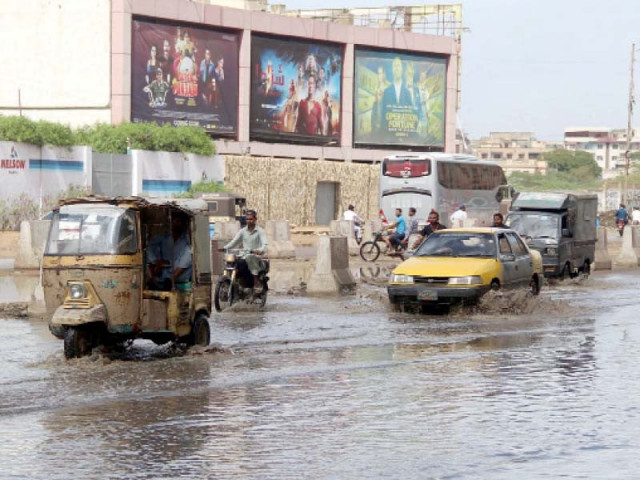
Despite the port city’s rising water pollution levels raising concerns about the safety of human and aquatic life, the structural inefficiencies inherent in the Greater Karachi Sewerage Plan (S-III) have delayed its timely completion by almost a decade.
The S-III project, which was launched in 2013 by the Pakistan People’s Party (PPP) led Sindh government, was to collect and treat sewage water flowing through the Malir and Lyari rivers before disposing them off in the sea. However, despite having a well-organised and extravagantly budgeted development plan, the project has failed to make any significant progress towards completion due to clashes between the federal and provincial government alongside a severe paucity of funding and experienced staff.
“The machinery required for the reconstruction of Treatment Plan-I has not been imported whereas Treatment Plan III lacks experienced staff due to which S-III is stuck in limbo,” disclosed a source from the Karachi Water and Sewerage Board (KWSB), who went on to reveal that the Sindh government had allocated only Rs 850 million for the project for the upcoming fiscal year.
“The updated total cost for S-III has stands at Rs 36 billion however the inability of the Sindh government and federal governments to allocate the required funds has hampered the project’s progress,” confessed the officer, further adding that, “delays in completion of the project are allowing up to 460 million gallons of sewage water to enter the open sea on a daily basis, which can cause irreversible damage to marine life.”
According to the source from the KWSB, the dumping of untreated sewage water into the ocean is not an unusual occurrence since in 2008, the simultaneous malfunctioning of three treatment plants namely TP-I, TP-II and TP-III resulted in 460 million gallons of sewage water to be dumped into the sea every day. “Even though, in 2018, TP-III was partially operational, lack of proper maintenance meant the machinery was frequently shut down and for much of the year untreated sewage was dumped into the sea,” he confirmed.
Speaking to The Express Tribune on the matter, Hanif Baloch, Project Director of S-III conceded to the claims that the unavailability of machinery and lack of funds were delaying the completion of S-III. However, he also expressed his optimism for the future of the project.
“The S-III project consists of two phases. Phase 1 at the Lyari river basin with pipeline and conduit installation work is approximately 33 kilometres long and will be connected to TP-I Haroonabad site area and TP-III Maripur road. Under the plan, TP-I will have a treatment capacity of 100 million gallons per day and TP-III will have a treatment capacity of 180 million gallons,” explained Hanif, further adding that Phase 2 of the project at the Malir river basin will include a trunk sewer system of 23 kilometres in length and will be connected to the treatment plant at Korangi, which will have a sewage treatment capacity of 180 million gallons daily.
“If the funds are released in time, Phase 1 of the project will be completed by 2027; whereas Phase 2 might be handed over to a public-private partnership,” assured Baloch, whilst acknowledging the uncertainty regarding the future of Phase 2.
Published in The Express Tribune, August 29th, 2023.


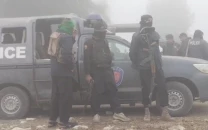
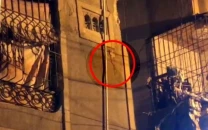
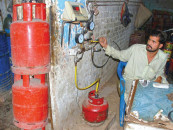
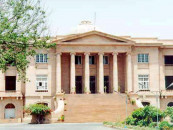
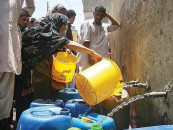












COMMENTS
Comments are moderated and generally will be posted if they are on-topic and not abusive.
For more information, please see our Comments FAQ